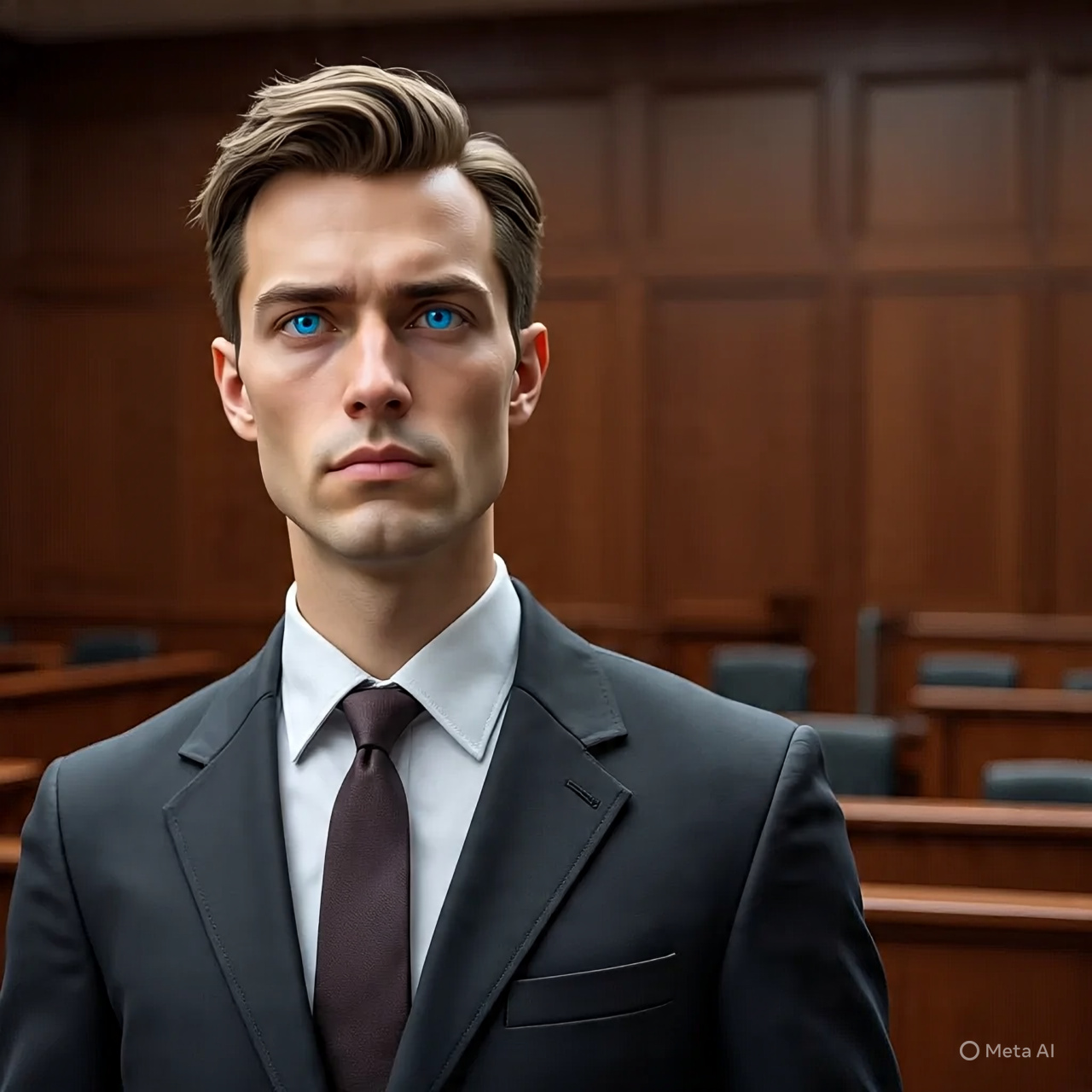On the morning of March 28, 2005, a quiet Florida neighborhood was shaken by a tragic and horrifying incident that would make national headlines. In the early hours, five-year-old Tia Hernlen woke to the sound of gunshots. What she discovered next was the unimaginable—her parents, Julie and Aeneas Hernlen, had been shot by an intruder in their own home. In the face of a terrifying situation, young Tia demonstrated extraordinary bravery. Instead of collapsing in fear, she picked up the phone and dialed 911, initiating a chain of events that would shape the rest of her life.
This singular act—both heartbreaking and heroic—cemented Tia Hernlen’s name in the public consciousness. Yet behind the headlines and soundbites was a real child thrust into an ocean of grief, trauma, and unwanted attention. What happened that day not only revealed the horror that domestic violence and system failures can cause, but also underscored the resilience of the human spirit—especially in someone so young.
This article takes a closer look at the life and legacy of Tia Hernlen, the aftermath of the 2005 tragedy, and the broader issues her story continues to highlight: trauma, mental health, systemic justice failures, and the courage it takes to rebuild a life shattered by violence.
A Brief Timeline of Events
- Prior to March 2005: Julie and Aeneas Hernlen had been involved in legal action against a man named David Edward Johnson. The couple had reported him for stalking and threats, hoping the justice system would intervene.
- March 28, 2005: Johnson entered the Hernlen home in the early morning hours and opened fire. Aeneas was killed instantly. Julie was mortally wounded and died later at the hospital. After the shooting, Johnson took his own life.
- The 911 Call: At just five years old, Tia made a call to emergency services that is still remembered today. Calm, composed, and articulate, she informed the dispatcher that her parents were “on the floor” and not waking up. Her composed demeanor stunned listeners nationwide.
The Aftermath: A Life Changed Forever
The crime scene, the 911 call, and the ensuing investigation all painted a picture of a tragedy that could have been prevented. Julie and Aeneas had warned authorities about Johnson’s behavior, but nothing was done to effectively stop him. This failure of the system has since been a key point of discussion among advocates for domestic violence prevention and reform in restraining order protocols.
Tia, meanwhile, was placed in the custody of relatives. Protected from the media glare as much as possible, she was allowed to grow up outside of the public spotlight. However, her story never truly faded from public memory. Over the years, the question remained: What became of Tia Hernlen?
Living with Trauma at a Young Age
Psychologists and child trauma experts have long noted that children who experience extreme trauma at a young age often go through profound emotional and developmental challenges. Losing both parents to a violent act, and witnessing its aftermath firsthand, can be catastrophic.
Studies have shown that traumatic experiences in early childhood can lead to:
- Post-Traumatic Stress Disorder (PTSD)
- Attachment disorders
- Learning difficulties
- Social withdrawal
- Anxiety and depression
However, with the right support systems—including therapy, stable home environments, and trauma-informed care—many children not only recover but also thrive. In Tia’s case, there is reason to believe that the efforts made by her extended family and community helped her navigate these difficult waters.
The 911 Call: A National Wake-Up Call
Tia’s call to 911 did more than alert authorities to a crime scene—it became a chilling yet powerful moment that captured national attention. The audio, released shortly after the incident, showed her clarity and courage. Her ability to relay vital information in the midst of unimaginable shock was nothing short of extraordinary.
The call prompted conversations about:
- Emergency preparedness for children
- The importance of early education around how to call 911
- The need for more robust mental health resources for young survivors of violence
The Systemic Failure: What Went Wrong?
Julie and Aeneas Hernlen were not passive victims. They sought legal recourse and documented their fears about Johnson. Yet the courts failed to act decisively. At the time, many critics pointed out the limitations of restraining orders, the backlog in courts, and the lack of proper enforcement mechanisms.
Their deaths became part of a broader narrative of how the system sometimes fails to protect victims of harassment and stalking. Domestic violence advocates pushed for:
- Faster legal processing of restraining orders
- Stricter enforcement of court mandates
- Better mental health assessments for known offenders
Healing and Moving Forward
While the public knows little about Tia Hernlen’s life since the tragedy, that is likely by design—and a blessing. Shielding her from the spotlight gave her space to grieve, grow, and heal. Anecdotal reports suggest that she pursued education, maintained a private life, and continued to receive mental health support.
Survivors of childhood trauma often speak about the ongoing journey toward healing. It’s not a linear path, and every person’s process is different. Some find purpose in advocacy. Others focus on education, family, or creative expression. Whatever Tia chose, the world continues to quietly root for her.
Broader Impact and Awareness
Tia’s story continues to resonate for several reasons:
- It highlights child resilience. Tia was calm and collected in a situation where most adults would struggle to act.
- It exposes flaws in the legal system. Julie and Aeneas did everything right—and still, the system failed to protect them.
- It brings attention to domestic violence. The incident is often cited in discussions about better legal and mental health frameworks for dealing with stalkers and violent offenders.
- It underscores the role of mental health in justice. Johnson had a history of troubling behavior. Addressing mental health as a preventive measure could save lives.
Where Is Tia Hernlen Today?
Due to her age at the time of the incident and her protected status, there is little public information about Tia’s current life—and that’s for the best. It’s likely that her guardians and legal advocates worked hard to ensure her privacy and give her a chance at a normal life, away from the spotlight of trauma.
We do know, however, that her early bravery inspired thousands. From first responders to trauma counselors to legal reform advocates, many credit her story with reshaping their perspectives and priorities.
Lessons We Can All Learn
Tia Hernlen’s story is not just about tragedy. It’s also about:
- The courage of children
- The failures of adult systems
- The need for societal accountability
- The possibility of hope, even in darkness
Her name stands as a reminder: children are often more capable and insightful than we give them credit for. But it’s our job as a society to ensure they never have to prove that in the face of horror.
FAQs
Q1: Who is Tia Hernlen?
Tia Hernlen is a young girl who survived a tragic home invasion in 2005, during which her parents were fatally shot. At just five years old, she called 911 and alerted authorities.
Q2: What happened to Tia Hernlen’s parents?
Her parents, Julie and Aeneas Hernlen, were shot by David Edward Johnson, a man they had previously reported for stalking and threats. Johnson later committed suicide.
Q3: Was Tia Hernlen harmed during the attack?
Physically, Tia was unharmed. Emotionally and psychologically, however, the trauma was profound.
Q4: What was notable about her 911 call?
Tia’s composure, clarity, and ability to calmly report the situation astonished emergency responders and the public. The call highlighted both her courage and the importance of teaching children how to respond in emergencies.
Q5: Where is Tia Hernlen now?
Due to privacy protections, there is very little publicly known about Tia’s current whereabouts or life. It’s believed she was raised by extended family and kept out of the public eye.
Q6: Did the tragedy lead to any legal reforms?
While not directly leading to new legislation, the case was widely cited in discussions about domestic violence laws, the enforcement of restraining orders, and mental health interventions.
Q7: What can we learn from Tia Hernlen’s story?
Her story teaches us about the resilience of children, the need for systemic reform in handling threats, and the importance of mental health support for survivors.
Conclusion
Tia Hernlen’s life was altered in an instant—but in that moment, she showed more strength than many adults ever will. Her bravery, resilience, and the quiet dignity with which she has moved forward serve as an enduring symbol of hope. In remembering her story, we’re reminded that even the smallest voices can make the biggest impact—and that justice and compassion must never be afterthoughts in the systems meant to protect us.



